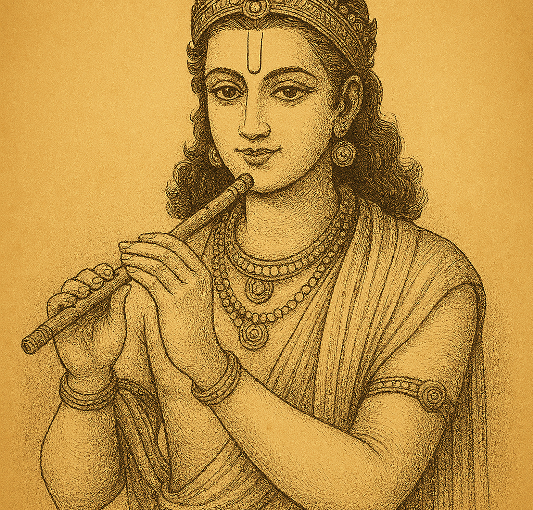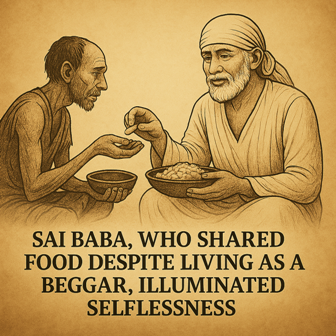The Journey from Human to Divine: Understanding the Reality Behind Godhood
What does it truly mean to know God? Is God an omnipresent creator beyond human comprehension, or is divinity something society bestows upon exceptional individuals? Across cultures, figures revered as gods often began as mere humans—distinguished not by supernatural powers, but by their extraordinary actions, wisdom, and sacrifices.
God vs. The Accepted Gods
There is a distinction between the concept of being God and being accepted as God:
- Being God refers to the universal creator—a force beyond human understanding.
- Being accepted as God refers to exceptional individuals who, through their virtues, have been elevated to divine status.
In reality, the gods we worship—Ram, Krishna, Buddha, Jesus, Nanak, and Sai Baba—were once human beings who exemplified selflessness, wisdom, sacrifice, and resilience. They did not claim divine birthright; instead, their lives inspired devotion.
Examples of Human Divinity
Consider these examples:
- Lord Ram, who sacrificed his kingdom to honor his father’s word—an ideal example of a dutiful son, unlike today’s trend of self-centered relationships.
- Sita, who chose exile over a queen’s luxury to stay with her husband—embodying loyalty far beyond today’s fleeting relationships.
- Lakshman, who abandoned comfort for his brother’s sake—contrasting modern sibling rivalry.
- Jesus, who preached the lasting consequences of one’s actions, transformed spiritual thought.
- Buddha, who renounced material existence for enlightenment, reshaped human consciousness.
- Guru Nanak, who emphasized the importance of wisdom and guidance, redefined faith.
- Sai Baba, who shared food despite living as a beggar, illuminated selflessness.
Each of them lived through struggles, injustice, and persecution, yet their endurance shaped generations. Yet, while people bow before their statues and scriptures, how many embody their teachings?
The Hypocrisy of Worship Without Action
A striking contradiction exists in society:
- Devotees lavish offerings upon temples yet ignore hungry beggars.
- People recite Sai Baba’s name for prosperity yet would have ignored him in life.
- Followers of Jesus preach compassion but neglect those in distress.
When society praises a figure only after their death, what does that say about its values? How often are great individuals overlooked in their lifetime while people seek miracles from stone idols? This misplaced devotion raises a vital question—do people truly seek God, or do they merely cling to ritual?
Divinity Through Hardship, Not Miracles
Most divine figures faced profound suffering:
- Ram, Lakshman, and Sita endured exile and deception, yet upheld righteousness. Sita, despite her sacrifices, was doubted by society, forcing her into further suffering.
- Jesus Christ, considered the son of an unmarried mother, faced ridicule and persecution. His crucifixion stemmed from rulers testing his divinity through violence.
- Krishna, born in captivity, suffered early separation from his parents yet emerged as a guiding force for humanity.
- Sai Baba struggled through poverty but exhibited immense generosity.
Their lives were not privileged; they carried burdens that most wouldn’t bear. Yet today, worship often glorifies their power, while ignoring their pain. Instead of praying for miracles, perhaps we should reflect on their endurance and apply their values in real life.
Conclusion: True Faith Lies in Action
If divinity is rooted in wisdom, sacrifice, and selflessness, then should not our devotion manifest in living those principles? Rather than idolizing figures after death, we must uplift those who struggle today.
True godhood isn’t found in temples—it is in the actions of those who serve others selflessly. The question is, will we recognize it while it exists, or only after it’s gone?




